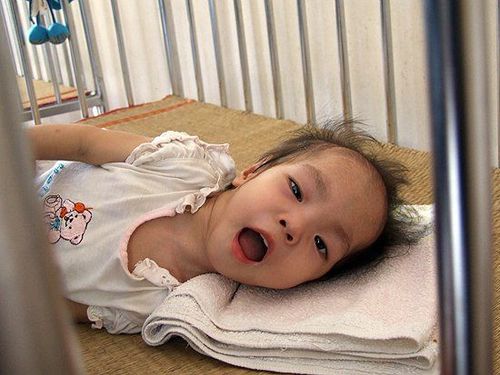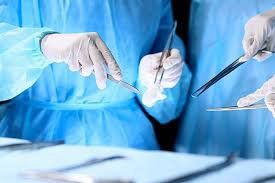This is an automatically translated article.
Posted by Doctor Le Thu Huong - High-tech Unit for Treatment of Cerebral Palsy and Autism - Vinmec Times City International Hospital
Oral and oropharyngeal motor dysfunction due to dysfunction of the nervous system - muscle, swallowing disorder is a fairly common problem in children with cerebral palsy, especially in children with severe cerebral palsy.
1. Outline of swallowing disorders in children with cerebral palsy
Some studies in the world report that up to 90% of children with cerebral palsy have problems with swallowing disorders. This is a dangerous condition, as it not only affects the quality of life of patients and caregivers, swallowing disorders can lead to recurrent pneumonia, malnutrition, and health problems. health and life of the sick. However, this condition is often overlooked and not given due attention.
2. Some signs in children with swallowing disorders
Swallowing disorders in children with cerebral palsy can be very obvious, but can sometimes be missed because of the carelessness of caregivers and even inexperienced medical personnel
Below are some manifestations of swallowing disorders in children with cerebral palsy:
Swallowing Coughing while eating, chronic cough Change in voice after eating Drooling Dry mouth Weakness, fatigue, sluggishness, lack of energy Ợ breath, heartburn Reflux of food up the nose

Trẻ xuất hiện tình trạng ợ chua, ợ hơi sau khi ăn
Resistance to eating Sore throat due to gastroesophageal reflux disease, inflammation caused by food stagnation Prolonged eating time Change the position of the tongue: is a disorder of oral muscle movement, causing the tongue to push out. anterior, or posterior, oral cavity when swallowing, making chewing or swallowing difficult Unexplained weight loss or slow weight gain
3. Diagnosing swallowing disorders
With cerebral palsy patients, it is necessary to be thoroughly examined to evaluate swallowing disorders in order to give appropriate and timely treatment methods to avoid bad consequences caused by swallowing disorders
3.1 Clinical examination
Take the medical history Clinical examination of the status and degree of cerebral palsy: There is a great relationship between the degree of cerebral palsy and swallowing disorders. Damage to the central nervous system in children with cerebral palsy not only affects movement, posture, muscle tone in the muscles of the arms, legs, and trunk, it also affects the cranial nerves, motor mouth, tongue, jaw, muscle tone of muscle groups in the face, mouth, pharynx, and even cognition, so children with severe cerebral palsy are often accompanied by more severe swallowing disorders. Evaluation of swallowing disorders:
Assessment of motor status of the mouth, tongue, jaw, pharynx Examination, assessment of cranial nerves Evaluation of swallowing reflex Assessment of ability to swallow foods with a solid - liquid consistency different: water, yogurt, solid food, solid... Evaluation of food backlog after swallowing

Trẻ được khám lâm sàng để đánh giá tình trạng rối loạn nuốt
3.2 Subclinical:
Esophageal manometry: using a catheter with pressure sensor through the nose down to the stomach through the esophagus. This catheter will feel the esophageal contractions when transporting food from the pharynx to the stomach Endoscopy, evaluate the larynx, food backlog in the mouth, pharynx, larynx Evaluation of gastroesophageal reflux gastroscopy: To look for any structural or functional abnormalities of these organs, X-ray and video fluoroscopic swallow study (VFSS). Flexible endoscopic evaluation of swallowing (FEES).

Nội soi dạ dày - thực quản là một phương pháp chẩn đoán rối loạn nuốt
Currently, in Vietnam, the paraclinical methods to assess the status of swallowing disorders are not popular. Methods that can be used to support clinical practice are throat endoscopy, gastroesophageal endoscopy. Methods such as VFSS and FEES are modern methods for detecting clinically difficult symptoms such as aspiration but have not been widely used.
Vinmec International General Hospital is a high-quality medical facility in Vietnam with a team of highly qualified medical professionals, well-trained, domestic and foreign, and experienced.
A system of modern and advanced medical equipment, possessing many of the best machines in the world, helping to detect many difficult and dangerous diseases in a short time, supporting the diagnosis and treatment of doctors the most effective. The hospital space is designed according to 5-star hotel standards, giving patients comfort, friendliness and peace of mind.
Please dial HOTLINE for more information or register for an appointment HERE. Download MyVinmec app to make appointments faster and to manage your bookings easily.














